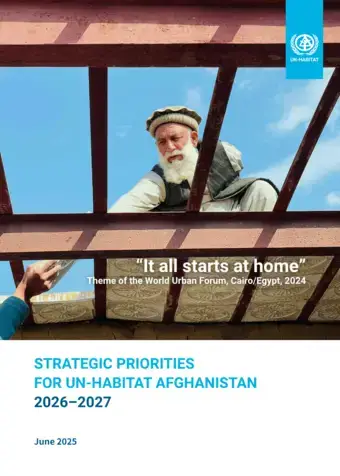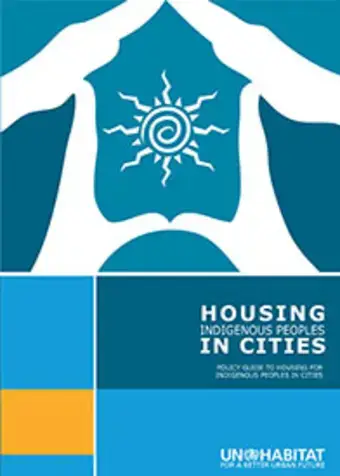In this lecture Marja Hoek Smit argues that housing finance is critical to solve the housing problem, increasing, as it does, the number of households that can afford to acquire a house in the formal market, which in turn will make large scale development of middle and lower middle income housing possible.
Incremental Housing – The new site & services - Reinhard Goethert, Massachusetts Institute of Technology
Informal builders provide the bulk of affordable housing and define large areas of our cities. Originally created for those long considered as poor and unable to house themselves, over time the resultant informal housing generally matches higher income standards. This incremental process has been adopted by governments into programmes called 'site and services', focusing on housing and land development, and embracing process as the key. A methodology to capture this process has been developed which offers a base for developing effective policies in supporting the incremental builders.

